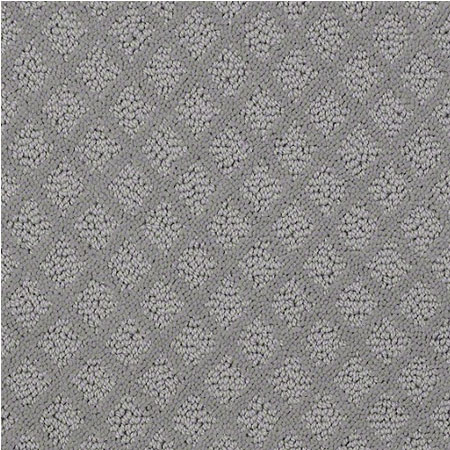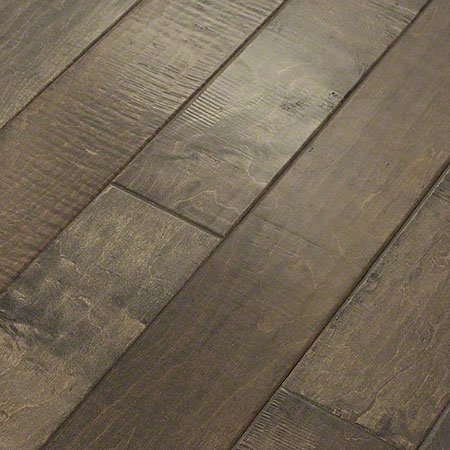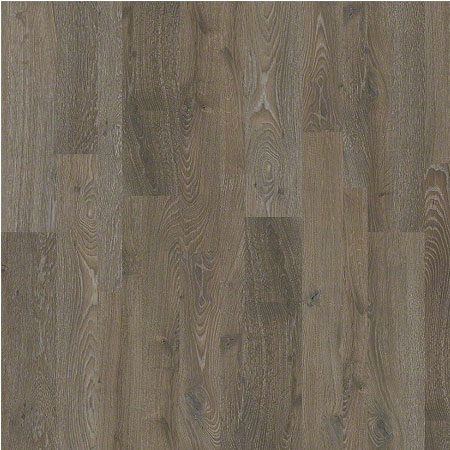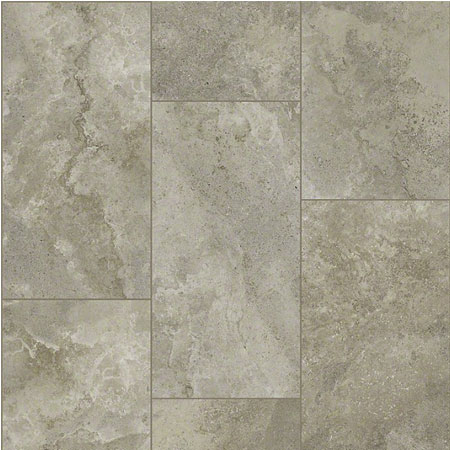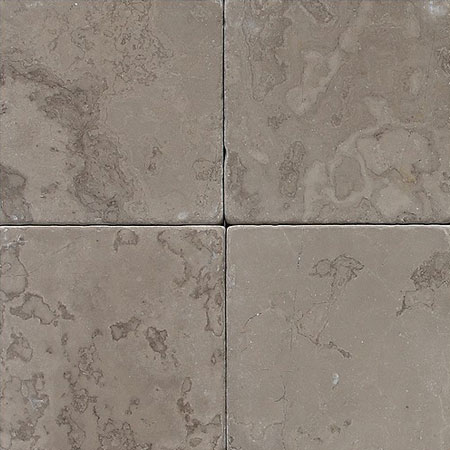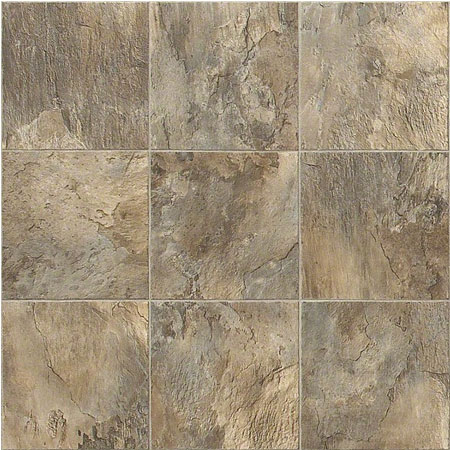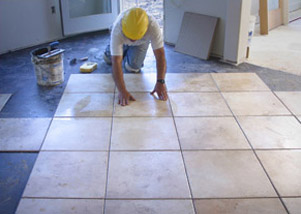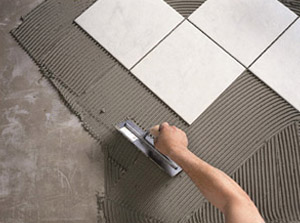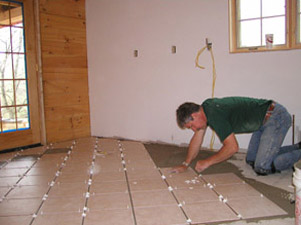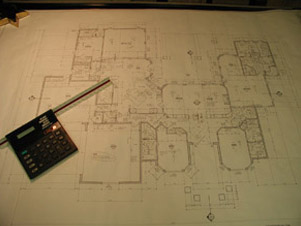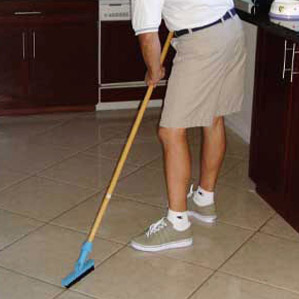Tile Installation
Before Installers Arrive
The arrival of new ceramic tile flooring is no exception, especially when one realizes that tile, like any floor covering, impacts interior beauty, design, décor, comfort, livability, and upkeep. It’s a truth of housing: floor coverings can make, or break a home. Being ready for the installation of your new ceramic tile will make the entire process go faster, more efficiently, and hopefully eliminate any “surprises.” Knowing what to expect and being prepared will also be a lot less stressful on you, your family and your home.
Use a professional
- This type of floor is heavy, difficult work
- It’s labor intensive and extremely exacting
- Not for the do-it-yourselfer
- Installing tile flooring is a skill that is developed through years of experience
The process begins with foundation preparation:
Process
- Prepare and level the substrate
- Cement subfloors can apply the mortar directly to it to lay the tile
- Wood subfloors require a CBU (cement backer unit)
- Movement in the substrate material can sometimes occur
- For example, water penetrating the grout and/or freezing and thawing temperatures can sometimes cause the tile to rise, crack or chip
- Areas get measured
- Snap chalk lines for an accurate layout
- Determine which pieces of tile will need to be cut to fit the area
- Tiles that need to be cut are measured and marked with a pencil
- Then use a wet saw with a diamond blade to cut through
- Begin setting the tile
- Thinset mortar, which is a cement-based adhesive, is applied to the surface with a trowel
- Tile then placed into the thinset and pressed firmly into place
- Imperfections in your subfloor will require differing amounts of mortar to be applied
- This installation, known as a medium bed installation, is more time consuming and costly
- Once the tiled floor has been set, left to fully cure (12 to 24 hours), grout is applied
- Quick set grout is also an option for smaller areas
Grout
- After tiles are set and the thinset mortar has fully cured, joints are filled with grout
- Sanded and unsanded grouts are used
- Type of grout used is determined by the tile, grout joint, and width
- A mixture is spread over the tiled area to fill in all the joints
- A sponge is used to remove excess grout from the surface of the tile
- Mortar and grout need 24 hours to cure before walking on
Before installation day
- Relocate furniture
- Empty china cabinets and closets
- Consider removal and disposal of old floorcovering
- Remove it yourself and leave 1 day before install
- Moldings and baseboards need to be removed for stone installation
- Installers not responsible for damage or breakage due to dry or brittle wood
- Painted baseboards, woodwork and paint may need retouching (this is your responsibility)
- Existing subfloor may need to be prepared to receive the stone
Door plan
- Possibility that doors may not clear the new floor and swing free
- Installers may remove doors and rehang for an additional cost
- For clearance issues, arrange for a qualified carpenter to shave or cut down
Clean-up
- Waste will be produced
- Waste collected and disposed of by installers at an additional cost
Installation day
- Be home and available
- Be prepared for questions
- Presence ensures the right wood is installed in the right areas
- The exact time of arrival cannot be guaranteed, only a time frame
Safety
- Installers use tools and techniques that can be hazardous
- Make sure that children and pets are out of the work area
- Follow through with a walk-through
- Prior to completion, walk through to ask questions and be clear on any final details
After installation day
- Establish good ventilation for 48 to 72 hours

